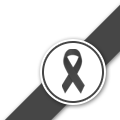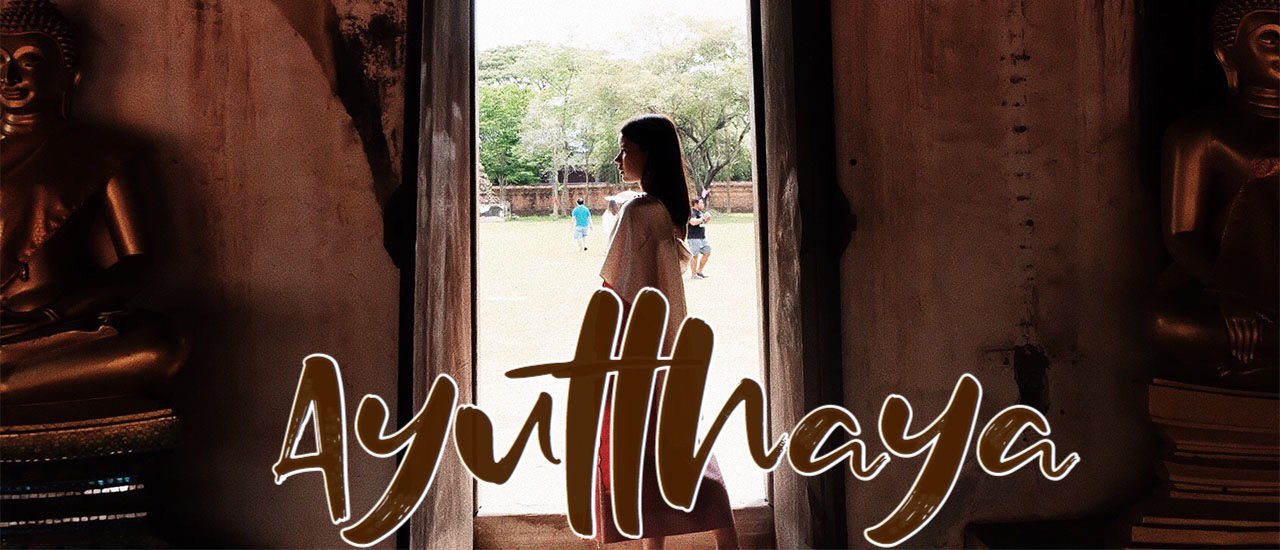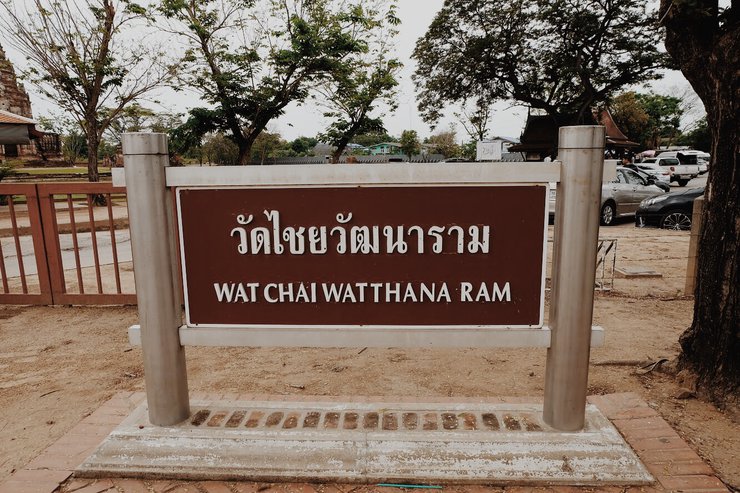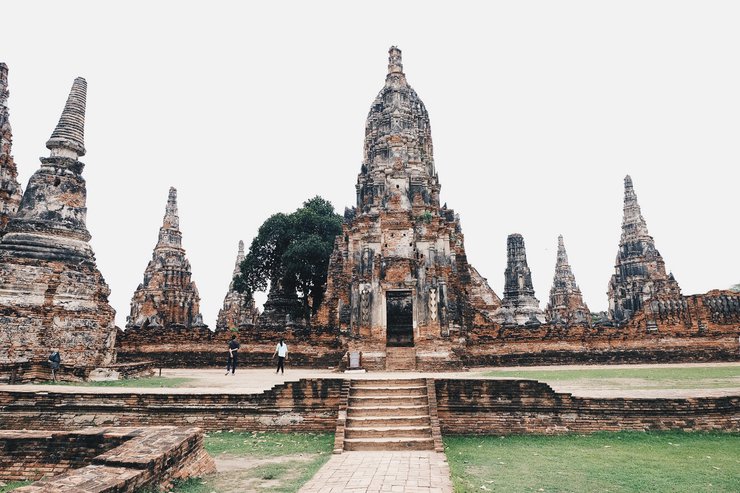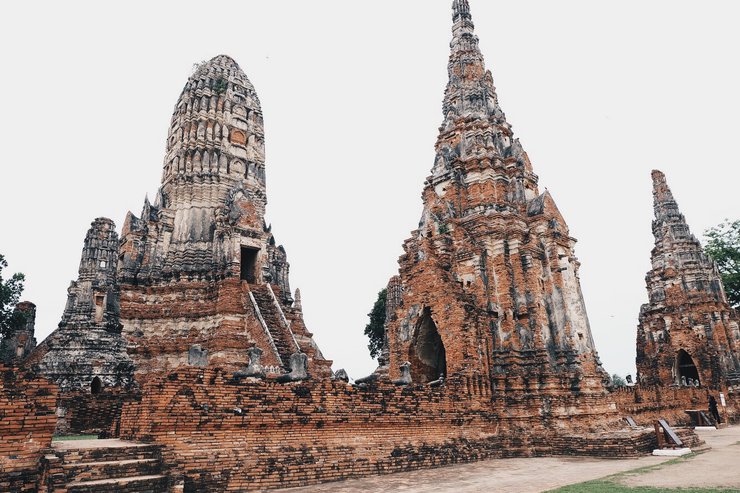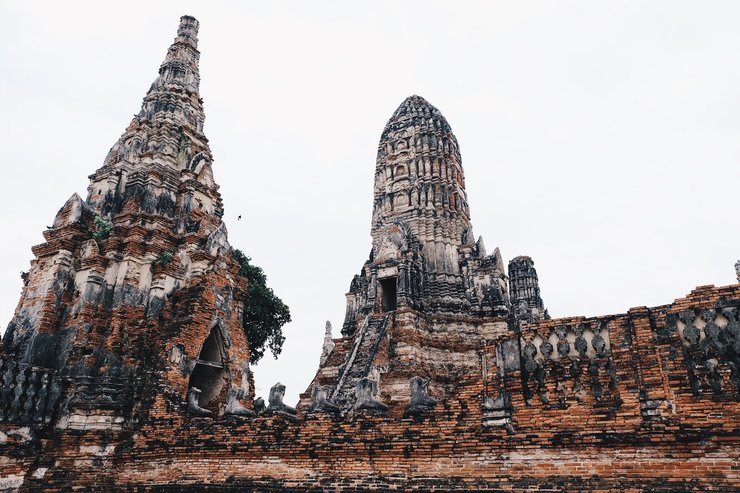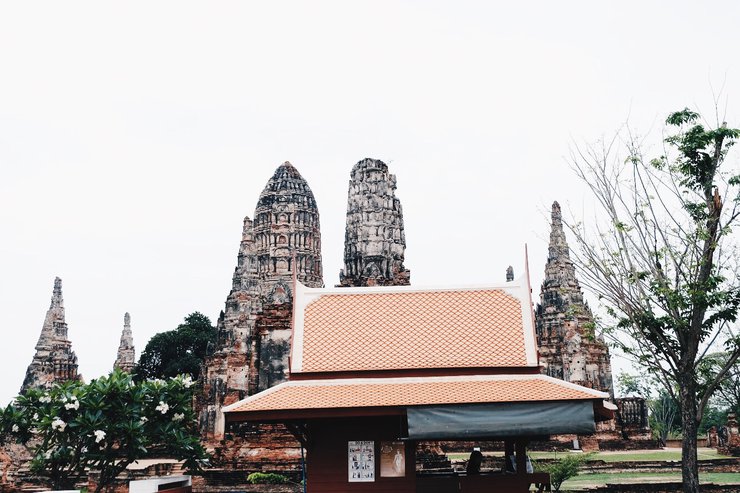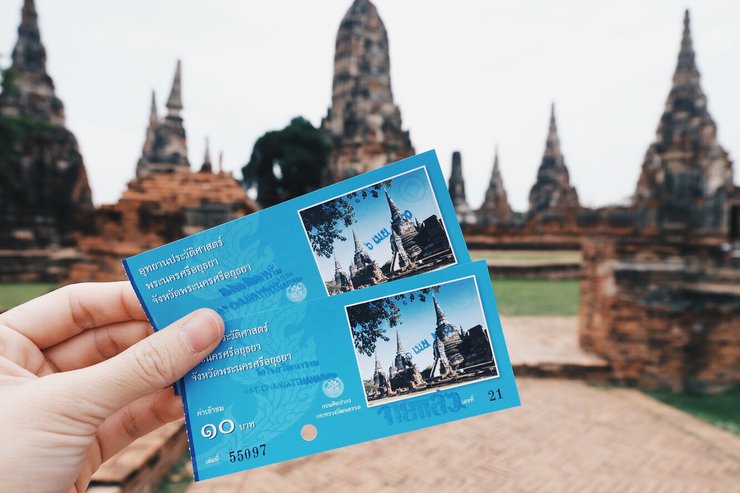It is said that "travel," whether undertaken physically or through the mind's eye, is a journey nonetheless.
Today's journey takes me to "Ayutthaya," our former capital and my birthplace according to my household registration.
My fellow travelers, please follow me.

The first place to follow in the footsteps of Mae Kaew is 'Wat Chaiwatthanaram'.
Wat Chaiwatthanaram was built in 1630 by King Prasat Thong. He ordered it to be built on the site of his former home to dedicate merit to his mother. However, Prince Damrong Rajanubhab theorized that the temple was built to commemorate the victory over the city of Lovek, modeled after Angkor Wat. Wat Chaiwatthanaram was a royal temple where subsequent kings performed royal merit-making ceremonies. Therefore, it has been continuously restored in every reign. It was the site of the cremation of almost all members of the royal family. When King Borommakot died, he was cremated at this temple. Before the fall of Ayutthaya in 1767, Wat Chaiwatthanaram was converted into a military camp. After the second fall of Ayutthaya, Wat Chaiwatthanaram was abandoned and left to decay. Sometimes, thieves would sneak in to dig for treasure. The heads of Buddha statues were cut off and stolen, and bricks from the ordination hall and temple walls were sold. However, in 1987, the Fine Arts Department began conservation work, which was completed in 1992.





Open daily from 8:00 AM to 6:00 PM.
Tickets can be purchased at the entrance gate in front of the temple. Price for Thai citizens is 10 baht, for foreigners is 50 baht.





Temple 2: "Wat Maha That"
The Maha That Temple is an ancient temple with an uncertain history. Some sources claim it was built in 1917, while others say it was built in 1927. Regardless of the exact date, it took a significant amount of time to construct.
During the reign of King Songtham, the prang collapsed almost halfway down to the Garuda level. The original prang of the temple was built with laterite, but for unknown reasons, it was not repaired to its original state during that reign. Later, King Prasat Thong restored it, bringing its total height to 25 wa. However, it collapsed again during the reign of King Rama V. Subsequently, during the reign of King Rama VI, soldiers were mobilized to help build the prang's spire with teak wood, and it was declared the national prang. The prang of Wat Mahathat has remained there ever since.














The focal point of Wat Mahathat is the centuries-old Buddha head, enveloped by tree roots.

Temple 3: Wat Yai Chaimongkol
Originally known as "Wat Pa Kaeo" or "Wat Chao Thai," this temple is situated on the southeastern side of Ko Phra Nakhon. The temple's most prominent feature is the "Grand Stupa," believed to have been renovated during the reign of King Naresuan the Great. Inside, auspicious victory incantations were discovered. The main Buddha image, Phra Phuttha Chai Mongkol, is enshrined within the Ubosot hall and is considered a sacred relic of the temple. Additionally, the temple houses a shrine dedicated to King Naresuan the Great, which was completed in 2544 B.E. (2001 C.E.).







After paying respects at Wat Yai Chaimongkol, it's lunchtime. If you're near the temple, I highly recommend this restaurant.
The "Khao Nom Jeen Ton Kram Poo" restaurant is located directly in front of Wat Yai Chaimongkol.





The "Ruen Khao Jin Ton Kram Poo" restaurant serves Thai cuisine in the Lanna style, recreating the atmosphere of northern Thailand.
This shop is open from 8:00 AM to 9:00 PM. The shop is located at 43/34 Moo 2, Ayutthaya Road, Phai Ling Subdistrict, Phra Nakhon Si Ayutthaya District, Phra Nakhon Si Ayutthaya Province. You can call 081 428 5777 for more information.
After enjoying the savory dishes, we moved on to the sweet treats.

"Baan Khao Nhom" - A Traditional Thai Dessert Cafe in Ayutthaya
This charming little cafe nestled in the heart of ancient Ayutthaya offers a delightful selection of traditional Thai desserts and coffee.

“Khao Nhom” is an archaic term
believed to be a combination of two words,
namely “Khao Nhom” and “Khao Nom”.
“Khao Nhom” is understood to be rice mixed with sugarcane juice and sugar.
The word “Nhom” means sweet.
For example, “Khao Nhom” means sweet rice.
“Khao Nhom” is shortened and quickly distorted into the word “Khanom”.

















Baan Khao Nhom is located at 2/10 U Thong Road, Hor Rattanachai Subdistrict, Phra Nakhon Si Ayutthaya. Phone number: 097 921 9465. Open from 8:00 AM to 7:00 PM. If you're passing by, feel free to stop by and enjoy some sweet treats and a relaxing cup of coffee.
เรื่อยๆไปจนแก่
Wednesday, February 26, 2025 3:51 PM
